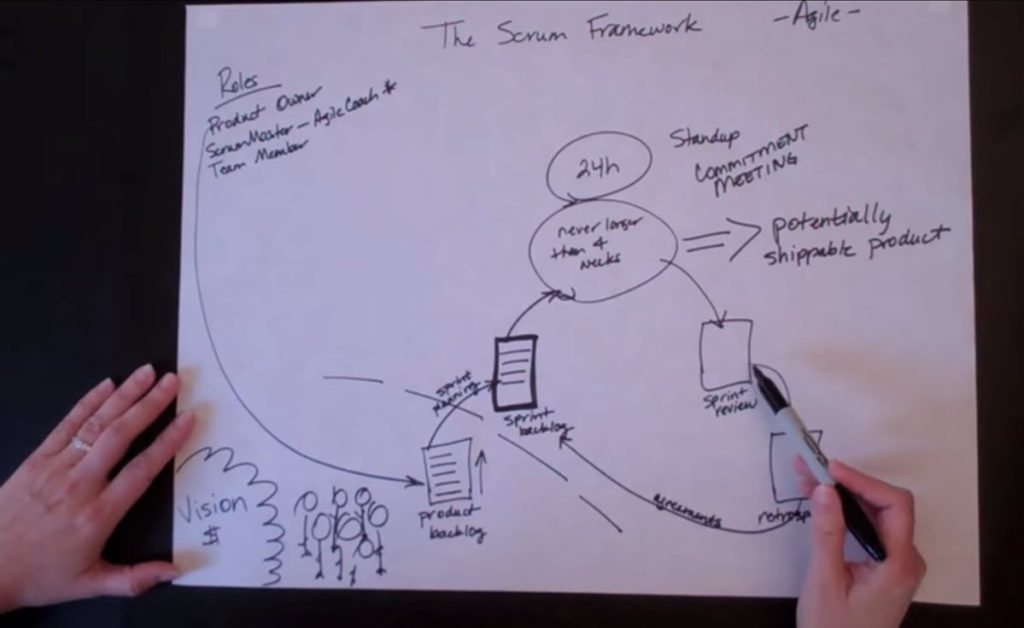This article is terse because it presents estimating in Scrum as quickly as possible. I assume that the reader has a basic understanding of Scrum. If you’re new to Scrum, this video by Lyssa Adkins explains Scrum in ten minutes.

Estimating in Scrum using Story Points
In Scrum, the Product Backlog consists of a list of Product Backlog items. To aid in Sprint Planning and sorting the Product Backlog, we need estimates for Product Backlog Items. Only the people that will do the work should provide the estimates.
The Product Owner should always be present in estimating sessions so they can answer any questions the Developers may have. Product Backlog item estimates are provided, and owned, by the Developers and not by any individual. This is because at the point of estimation, the individual who will do the work is unknown. Estimating sessions are attended by as many Developers as possible to reach consensus on the estimate.
Relative Size Estimating
Product Backlog Items are often estimated in Story Points. The value of a Story Point is based on relative estimating where you simply size one Product Backlog item relative to another. That is, you take the Product Backlog item that is the smallest and put it at one end of the scale. You then take the Product Backlog item that is the largest and put it at the other end of the scale. You then take all of the other Product Backlog items and size them relative to each other. Scales can be anything you like but are often based on an adapted Fibonacci sequence or t-shirt sizes.
The amount of Story Points that the Developers get done within a Sprint is called the Velocity. Prior to the first Sprint, Velocity is an educated guess. The accuracy of the Velocity improves over time, based on experience. To increase the accuracy, all Sprint durations should remain constant.
Further Reading
For a more in-depth look at estimating, I recommend the book Agile Estimating and Planning by Mike Cohn. Alternatively, if you want to explore the topic just a little further, I wrote another article on estimating and story points
Hi Derek,
I completely agree that the key outcome is to get some relative sizing of the backlog.
I would suggest that one of the most crucial things in the estimation is the discussion – so that the Dev Team and the Product Owner both gain a deeper understanding of what is being requested.
As the understanding of the business value is increased, they may break the story down further, add more detailed acceptance criteria, and enrich the PBI with more information.
Regards
Simon